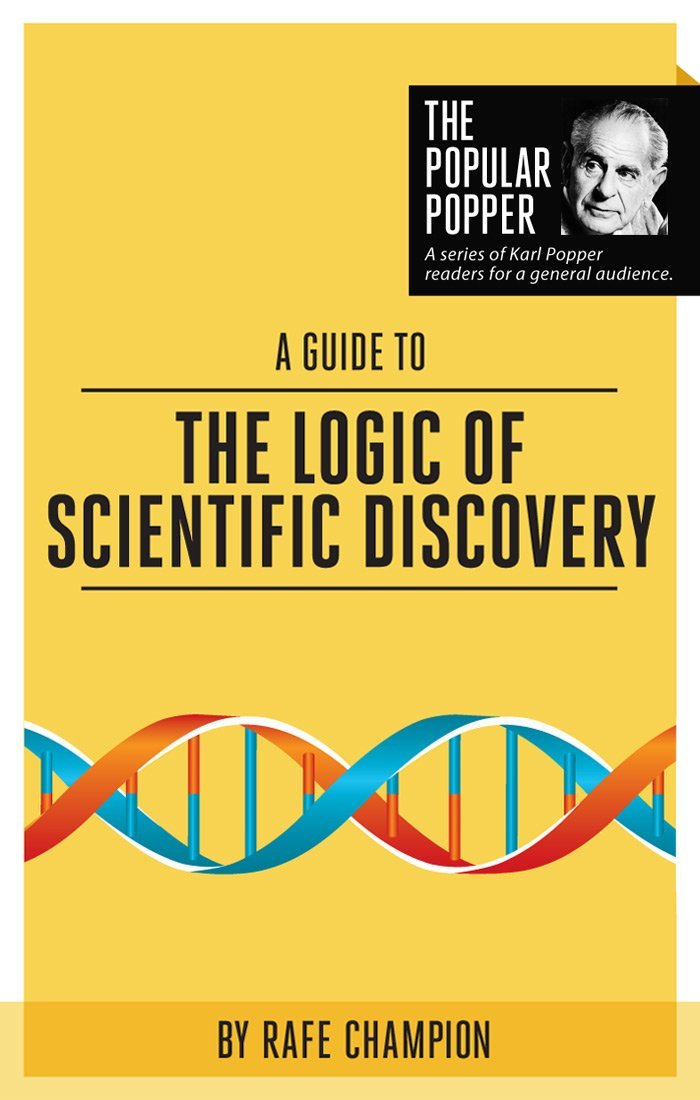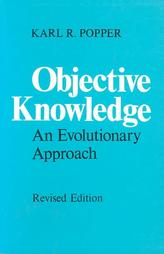This is a report on my visit to China with my friend Amy to broaden my mind, to meet her family in Beijing and to visit the village where she spent 8 years as a peasant in the Cultural Revolution. Her father owned a factory and shops to sell bowler hats and accessories to the pre-revolutionary gentry. He was allowed to manage his shop after the 1949 revolution but in the 1968 Cultural Revolution he and his family was declared black and he was put in confinement without communication for the ten years of the revolution. The five older children were dispatched from their university studies to separate provinces to learn from the factory workers, soldiers and peasants. They all survived and resumed more or less normal life when Mao died and the Gang of Four were executed.
Amy studied English and taught at university until she came to Australia in 1994 to teach Chinese to Australian businessmen. She took a degree in maths and stayed on as a high school maths teacher until she retired last year and turned her mind to a memoire of the Cultural Revolution and started a uni course in Philosophy.
Starting in Beijing we are housed by one of her sisters. Amy is one of seven who all have one-child families so she is spared an army of nephews and nieces. Some of them are having children so the numbers are growing.
There is no access to google or Facebook. Baidu is the search engine and WeChat is for communication. Email comes to my phone but not the computer.
One of the nephews took some time off to join us on the trip to the country. He is 45, did Law in Germany and now works in the administration on regulation in the finance sector, especially investment trusts. He is alert and interested in what his happening in the world, in the US and in relations between China and US. We managed to discuss a few issues but it was pick and shovel work going through Amy as the interpreter.
We took the fast train together from Beijing to Loyang. Cruising at a lazy 300 kpm we were well within the capacity of 400. The country was very flat and mostly close cropped farmland and nurseries of poplars. And a couple of small herds of Fresians in sheds!
After overnighting we took a hirecar to the village. Amy had previously made arrangements with the Head Man of the village and she knew that he had located a small number of people who remembered her.
The village is located 850 km west of Beijing, slightly south. It is on a plateau and the soil is deep yellow soil no stones. There were virtually no trees although a lot of fruit trees and poplars have been planted in recent times. No flies and no mosquitos. No rivers or streams for irrigation. Farming depended on the rain. The village well for domestic use was 120 meters deep.
A generation ago there were almost 2000 people in the village, divided into 15 brigades of 100 to 200 people. Each brigade had its own field. Everyone except children worked in the fields from dawn to dusk, seven days a week apart from a few religious festivals. At important times like the harvest, working from dawn to dusk meant getting up and going to the field in the dark so work could start at crack of dawn.
The crops were wheat and cotton. The diet was essentially bread from the local crop with next to no vegetables and meat once a year. No local train, no high school and no electricity. Half the villagers lived in caves and the others in houses made of the local soil pounded into adobe between temporary wooden frames.
We had no idea what to expect and indeed the place was completely transformed. It had the appearance of a small run down Australian country town, main roads and streets sealed, then gravel or dirt. Nobody was in caves and most of the adobe houses were replaced with modest brick dwellings. All around were neatly sown fields of wheat about knee high, and a lot of peaches. No cotton. There are 17 bores replacing the well, they are 220 metres deep and they draw water for the peaches and vegetables.
We found the Head Man and he introduced us to a family who run a small flour mill. We were joined by the local Party Secretary. The HM and the PS were the very heart and soul of hospitality and they took as to lunch at the village restaurant. This was a veritable banquet and they were obviously out to impress! The Miller was our designated guide and he stayed with us after the HM and the PS took their leave soon after lunch. The Miller is 49, he runs the family business and he also sank two bores which enables him to sell water.
The really interesting news is that the land is fully privatized. Each brigade was allocated their field and that was subdivided equally among the families. Anything they produce above their own needs they can sell in the open market without government tax!! Some of the more enterprising villagers specialize in planting and harvesting with small machinery, so the equipment is not jointly owned but subcontracted. Farmers can sell their plots. No doubt they will be consolidated. This area is moderately prosperous, in the poor farmlands the state supports farmers to stay on the land to slow the drift to the city.
We had some questions and Amy translated the answers, more pick and shovel work. We were told everyone in the village has a car, actually that translates as motorized transport by scooter or motor tricycle. The only car we saw was a small sedan driven by the HM. The only significant vehicles were strictly work-related small trucks and pickups. People used to eat meat once a year, now they can have meat every day. A bit of exaggeration, even the middle class professionals in Amy’s family eat little meat. Still, a different universe from the 1970s.
Electricity for lights came in the mid 1970s. Amy did not remember it, she only had light after dark from a tiny bowl of oil with a wick, so no reading! In the last 10 years there has been electricity for other domestic purposes and also the pumps for the bores, hence the fruit and vegetables.
In the afternoon we got to meet some people who could remember Amy and there were some touching scenes, especially with a very old couple who used to cook every evening meal for Amy and her companion when they first arrived. They were virtually schoolgirls from the urban elite with no experience of working all day and fending for themselves in the evening. Amy was so pleased to have the opportunity to thank them for their kindness almost 50 years ago but she was sad to see how they were aged. The old lady was bent double with arthritis and the old man was almost equally stooped. Amy remembered him as a tall man with the looks of a film star.
Many pictures to recall the day but no opportunity to post on Facebook☺






